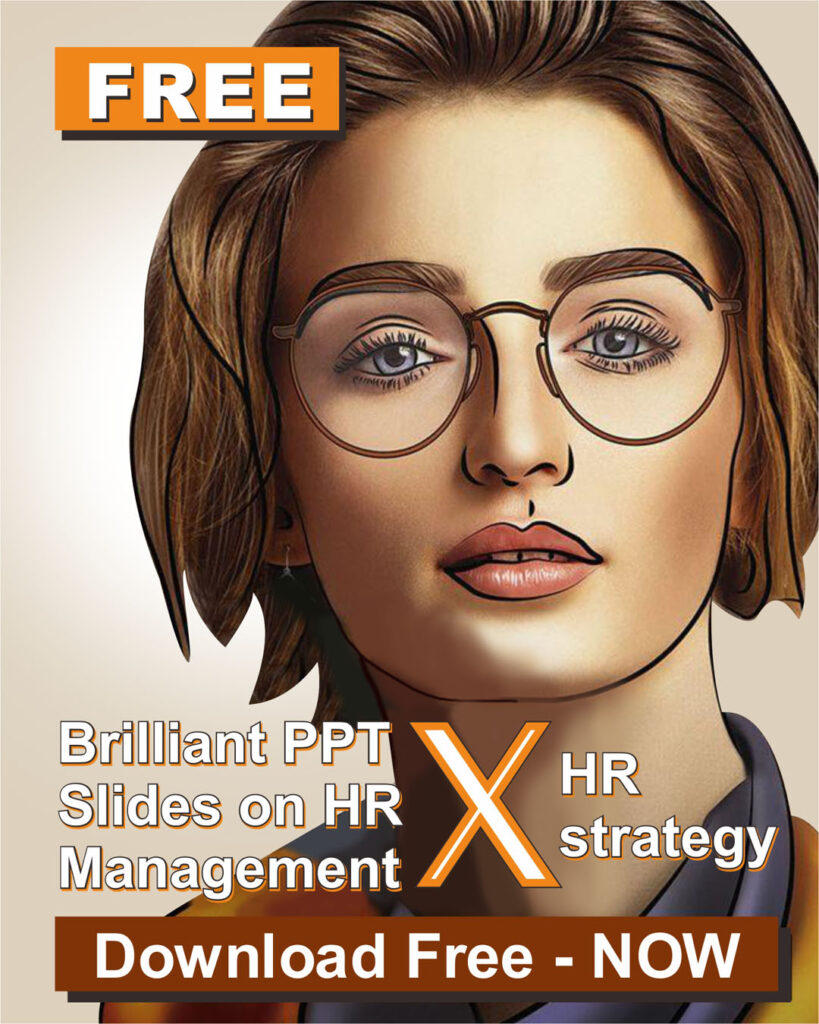
Workplace learning has been used by HR professionals to influence what and how employees learn in the workplace. With the emergence of skills gaps, companies need to reshape employee’s learning approaches at work. Lack of workplace learning can become the main reason for employee resignation. Therefore, HR professionals need to take the initiative and reinvent the right approach to learning methods. Today, most HR management companies are reshaping workplace learning with a more modern approach.
The Importance of Workplace Learning
In essence, workplace learning occurs while doing assignments at work or outside the office. Therefore, workplace learning is significant. This learning approach can make it easier for HR professionals to improve the skills of their employee retraining. Since, many companies are experiencing skills gaps amongst some of their employees.
In general, these are several of the importance of workplace learning:
- Reshaping skills— Workplace learning can shape employees’ skills appropriate to the assignment they have to complete.
- Increasing employee retention and employee engagement— Workplace learning provides employees with the opportunities to learn and practice new skills. As a result, employee retention will increase. Hence, this will also have an impact on employee engagement. This can be seen through their higher loyalty to the company and their work.
- Building employee motivation— Workplace learning can build employee motivation. It provides employees with the opportunities to learn and develop. It encourages employee enthusiasm and happiness while at work.
2 Types of Workplace Learning Approaches
Basically, HR management has an important role to help develop all the resources that exist within each employee. Workplace learning can be a resource that offers a training environment, so that employees can contribute productively to their company. In general, there are 2 types of workplace learning been used by HR professionals, including:
- Formal or structured learning— This workplace learning is administered through e-learning or through direct in-class approach with a clear schedule.
- Informal learning— This type of workplace learning lets employees choose what and when they want to learn. This is usually done through videos, podcasts, on-the-job training, mentoring or coaching, and more.
In essence, a good HR management will apply workplace learning as a contextual learning process. To be called a workplace learning, the environmental elements must be involved. Especially, in terms of enriching employee learning experiences and ensuring relevant and maximum output.
5 HR Approaches to Reshaping Workplace Learning
As part of the modern approach to reshaping workplace learning, HR management will apply more personalized learning. This is related to what their employees want to learn. Not only that, how employees choose to learn is the basis of this approach. In addition, HR can ensure their employees will learn topics that are relevant to their abilities in an interesting way. To do this, it is necessary to reshape traditional learning and replace them with more up-to-date learning techniques.
These are examples of modern approaches HR professionals do in reshaping workplace learning, include:
Continuous Training Approach
It is necessary to be able to compete in today’s competitive business world by being innovative and adaptive. HR professionals must involve their employees in continuous training programs. Because, the workplace learning is not just about fulfilling momentary needs. It requires a continuous process to ensure that the material remains updated and relevant to their employee’s needs.
Strategic Learning and Training Skills
Companies that want to improve their human resources will of course involve their employees in strategic learning and training skills. This is significant to be able to improve employee skills and competencies. This training is also a means of proving that the employee is indeed worthy of being recruited by the company.
The strategic learning and training skills are basically divided into two types, namely soft skills and hard skills training.
- Soft skills— Soft skills training focuses more on developing human resources or the ability to manage people. For example, time management, leadership skills, communication skills, and so on.
- Hard skills— This type of training is more directly related to the employee’s field of work. For example, in the finance department, employees are given training on how to calculate costs. In the sales department, they are given training in selling skills, presentation techniques, and so on.
Microlearning Approach
Microlearning is a relatively shorter learning approach, usually around 5 minutes. It is made shorter by taking many forms from texts, images, videos, audios, quizzes, and games. This microlearning can be used for all types of training because it offers a very effective and efficient solution. For example, upskill and reskill, interactive features, accommodate various learning styles, etc.
Micro Mentoring Approach
Micro mentoring is an innovative leadership training that many companies now use. It provides opportunities for leaders to learn from other leaders. People who have been appointed as micro mentors can provide direction for new leaders at specific times with specific objectives.
Performance Coaching Approach
Performance coaching involves coaching employees to improve their performance in the workplace. It is an effective approach for improving employee’s skills and expertise to develop and reach their best potential. Employees will receive training to improve their skills and expertise to encourage their productivity and performance in the company.
Final Thoughts
Reshaping workplace learning is essential for HR professionals and companies that aspire to recruit and retain their best employees. This is done to improve skills gaps that they must provide appropriate workplace learning approaches. By changing traditional learning methods into modern and innovative learning methods, it will become more effective. With the 5 workplace learning approaches mentioned above will help reshape today’s learning system for employees.
Click the image to download for free.



